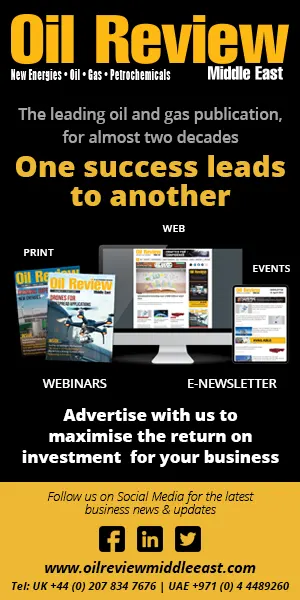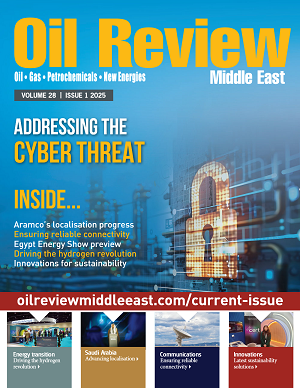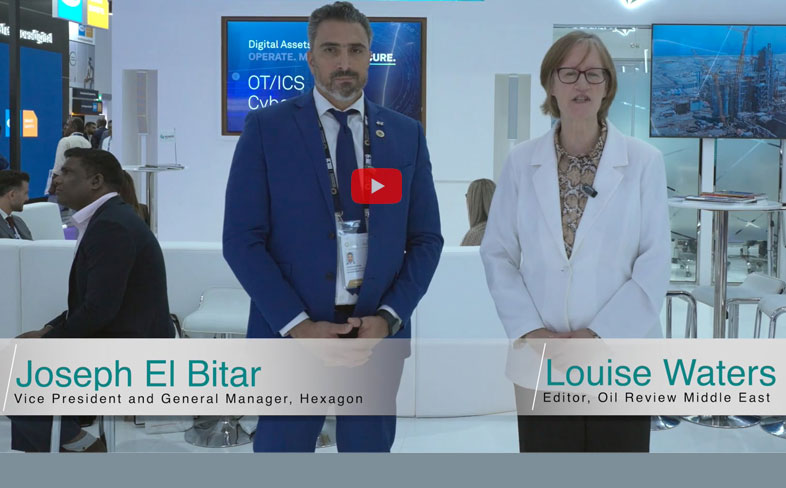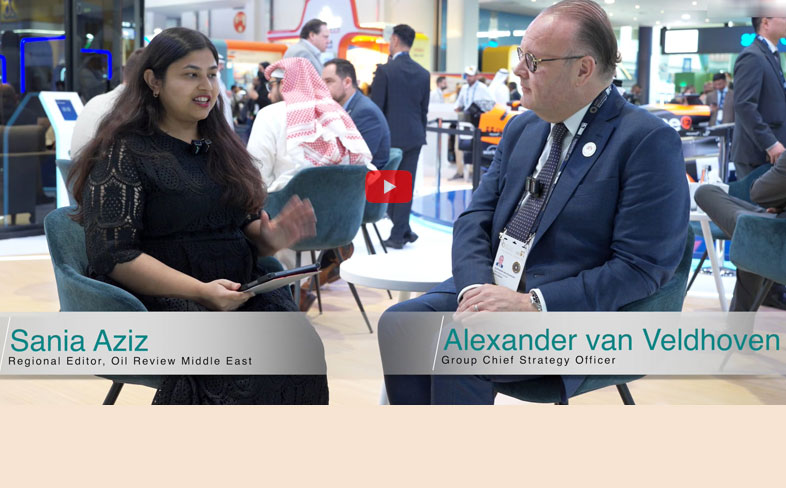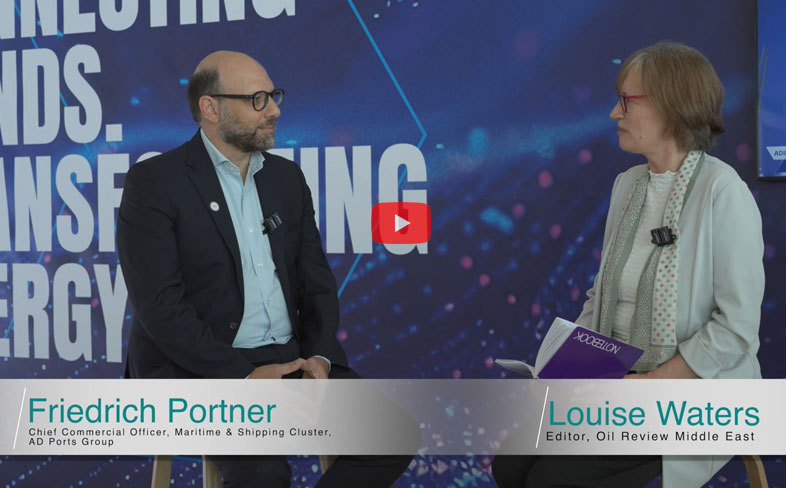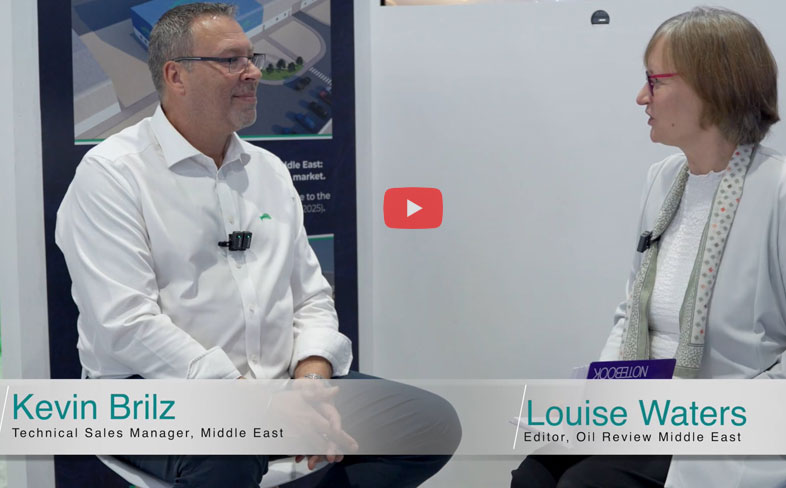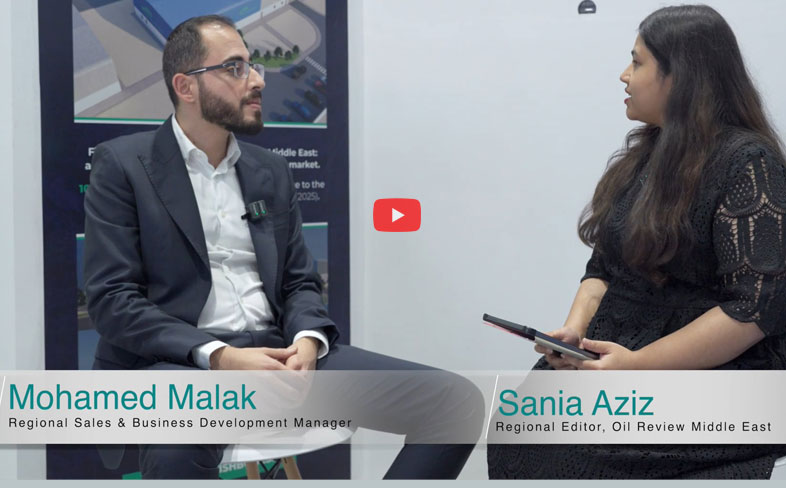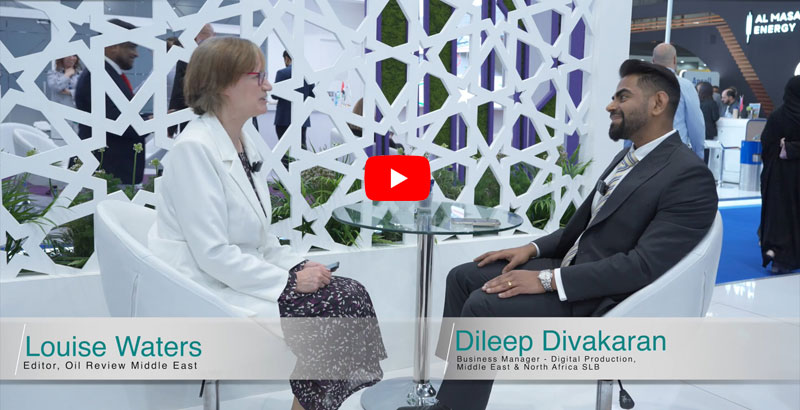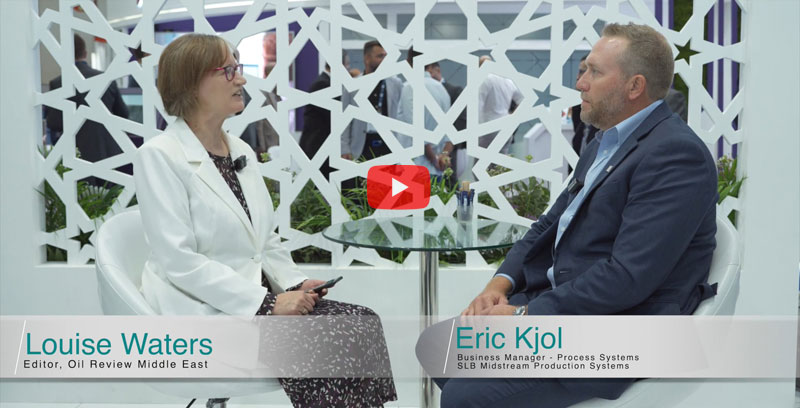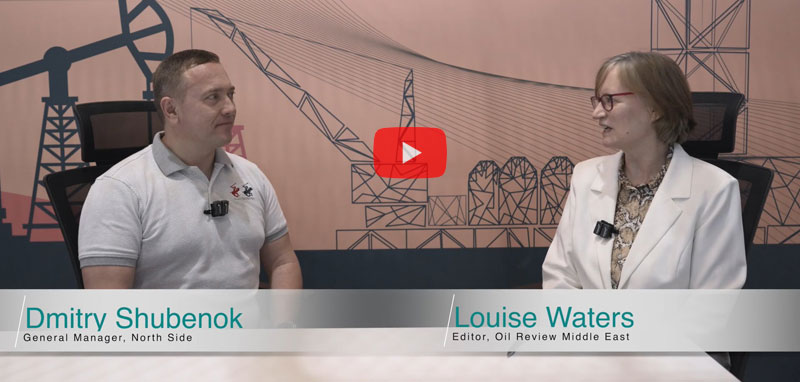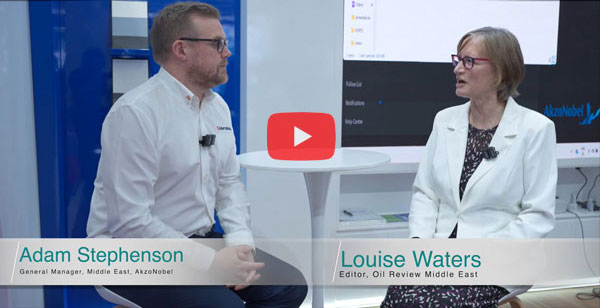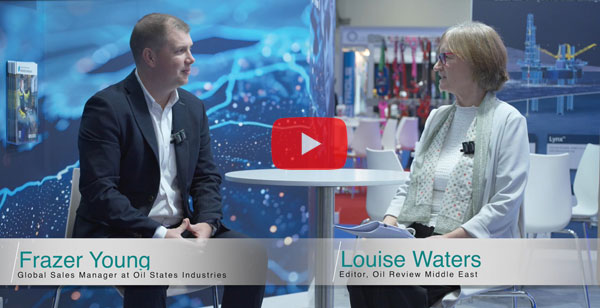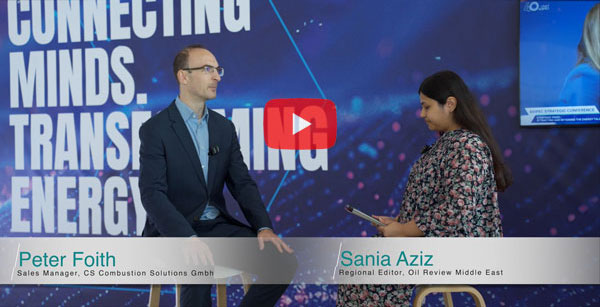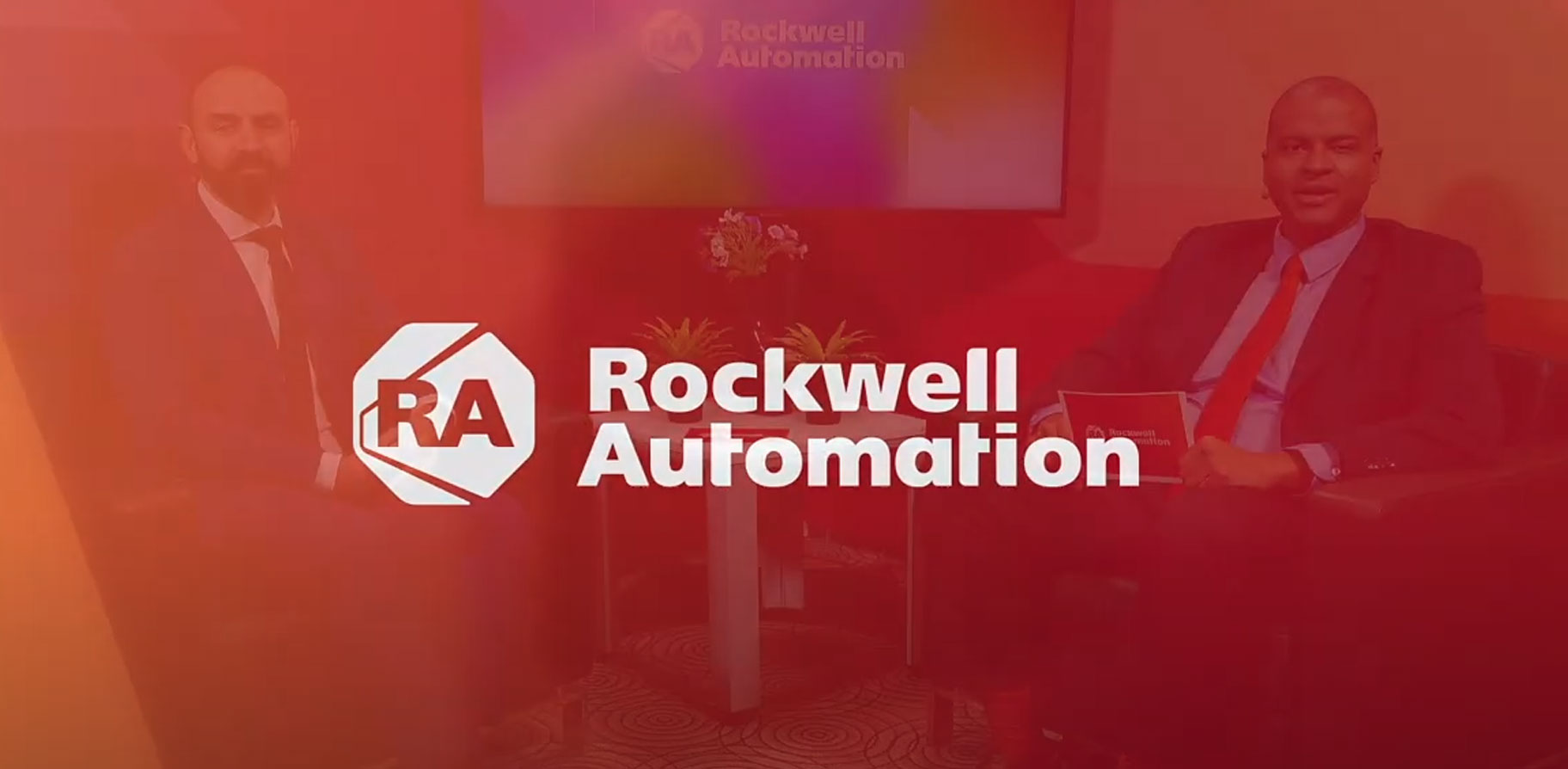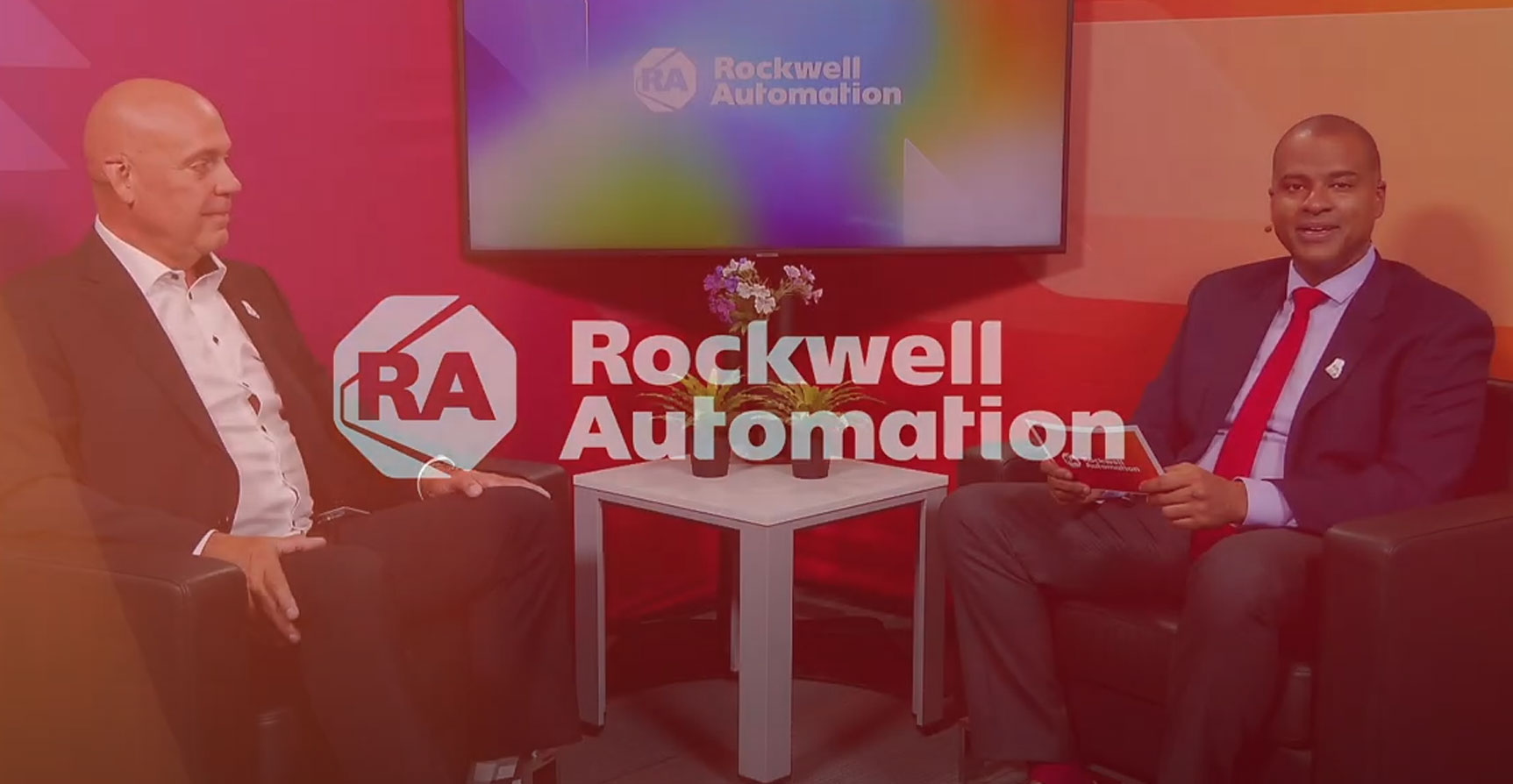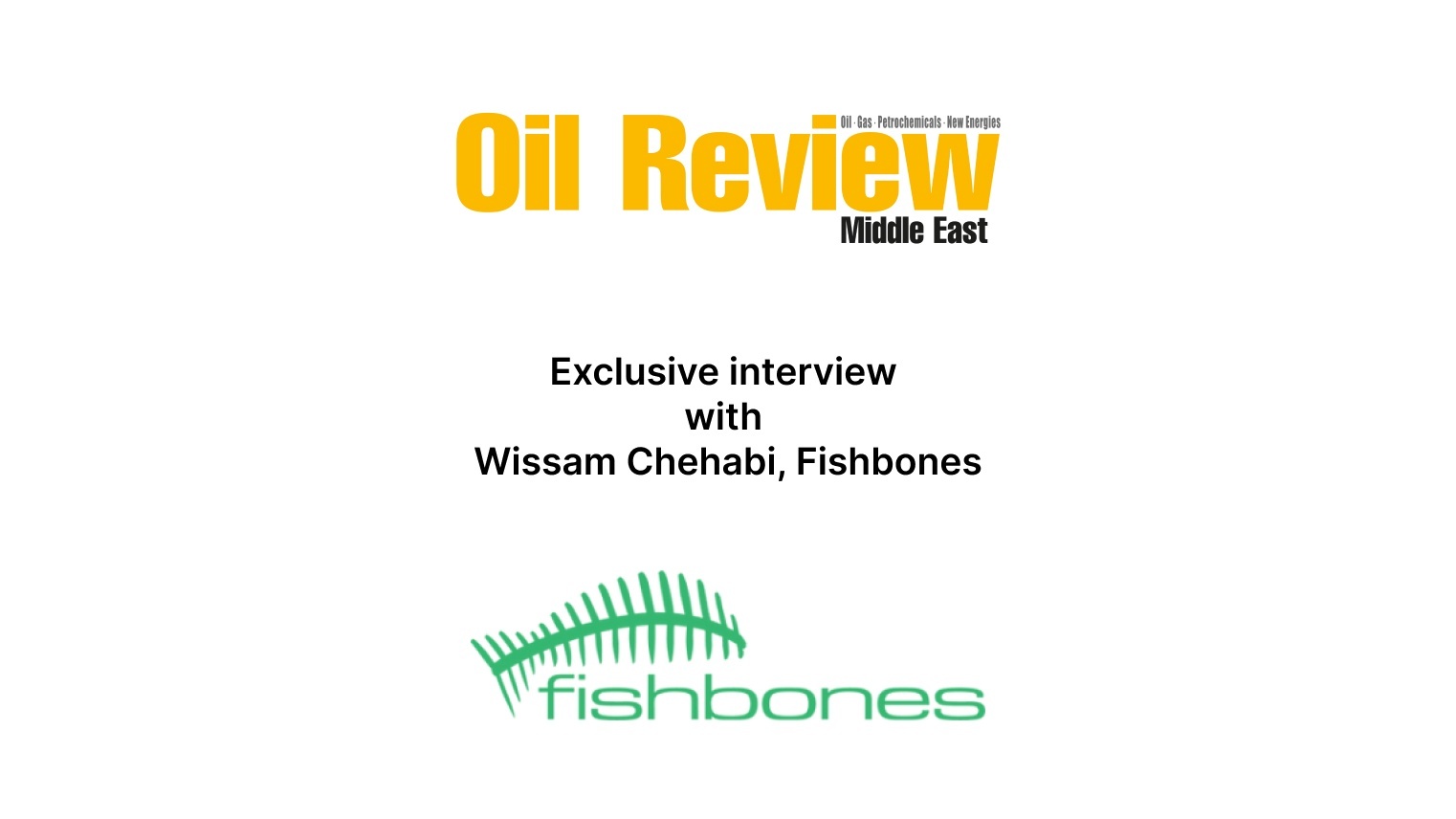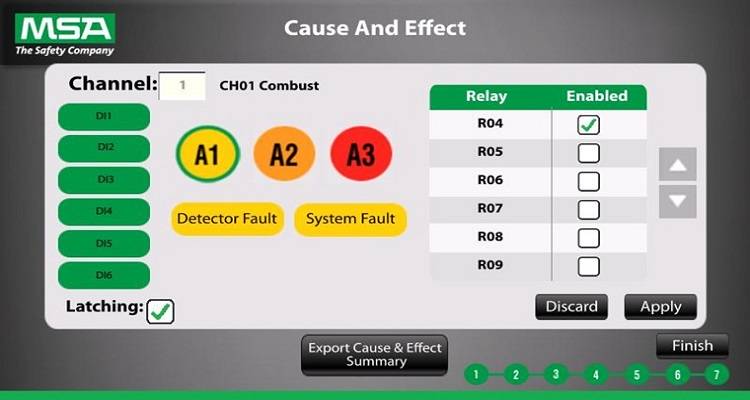At the World Future Energy Summit, which took place from 14-16 January in Abu Dhabi, startups and SMEs showcased their ground-breaking sustainability innovations
The foremost regional event advancing clean energy and sustainability, the World Future Energy Summit was hosted by Masdar as part of Abu Dhabi Sustainability Week.
Sponsored by the UAE Independent Climate Change Accelerators (UICCA), CLIX - a World Future Energy Summit initiative designed to address gender disparities in the energy sector – provided a platform for 25 female-founded, owned, and operated startups to present groundbreaking ideas and solutions in the fight against climate change.
Presenters at the CLIX showcase included Christine Gabardo, co-founder and CEO of CERT Systems, whose one-step process produces sustainable ethylene using only recycled carbon dioxide and water, which can then be used in a wide range of applications ranging from plastics to sustainable aviation fuels. The electrochemical carbon utilisation technology plugs into the existing infrastructure, enabling petrochemical companies to drastically reduce their emissions, leverage their existing infrastructure and reduce their CAPEX and OPEX compared to other sustainable solutions. The product is chemically identical to fossil fuel-derived ethylene.
Gabardo sees strong potential for its technology in the region. “This is obviously an area where a lot of oil and gas production is done, so there is a big need to decarbonise,” she said. “However our society will continue to rely on the products currently made from oil and gas. Our technology provides a way to continue to make these products sustainably.”
AI innovations spotlighted at CLIXai
CLIXai, a new concept for 2025, spotlighted AI innovations from 10 trailblazing startups. They included Kamma Climate, which has developed an advanced climate dataset for the built environment, transforming millions of property data points into detailed environmental profiles. Its proprietary data engine equips mortgage lenders, real estate firms, energy companies, and public sector bodies with critical insights to manage climate risk, meet regulatory and net-zero requirements, and commercialise low-carbon technologies.
Meanwhile, Brazilian-based company umgrauemeio has designed an AI solution for wildland fire management that covers more than 17.5 million hectares of forest areas across Brazil. Their software has a ‘smoke detect time’ of three seconds using AI and has reduced the potential of burned areas up to 90% in some coverage areas.
Olive Gaea has developed a tool to streamline complex processes such as carbon emissions measurement and decarbonisation, helping companies reduce their carbon footprint assessment from months to weeks while also increasing accuracy. The company’s focus on supplier engagement and data quality is a key differentiator, according to its co-founder and chief marketing officer, Jessica Scopacasa, who noted that 70% or more of emissions are generated from the supply chain itself.
Turbocharging the hydrogen economy
In the Green Hydrogen Hub, hydrogen innovators representing the entire value chain (from generation to end-use) showcased their technologies that could play a key role in helping the hydrogen economy reach its potential, and ultimately, play a key role in achieving global decarbonisation.
They included H2MOF, which has identified a technology gap in the green hydrogen market in storage and transportation and set a mission to develop solutions that work under ambient temperatures and low pressure, rather than relying on high pressure or cryogenic liquid storage technologies, which rar associated with a huge amount of energy consumption as well as leakages or boil offs. H2MOF’s answer lies in engineering novel materials that attract hydrogen molecules towards the nano-scale cavities of the material. While the bonding is strong enough to retain the hydrogen molecules inside the novel material, it is weak enough to allow for their efficient release when required, without significant energy consumption. This technology will enable low pressure storage; ambient storage; fast charge and discharge rates; and safe and efficient storage, offering the potential to lower hydrogen delivery cost by more than 50% compared to conventional 200-500 bar storage systems.
Also exhibiting was Hydrogenious LOHC, which is aiming to fill the missing link in hydrogen value chains through its proprietory liquid organic hydrogen carrier technology. The company CEO, Dr.-Ing Stefan Bürkle, provided an overview of the LOHC cycle that includes hydrogenation through a catalytic reaction to bind H2 to LOHC in a continuous process. The hydrogen can then be transported with easy and cost-efficient logistics using existing infrastructure for fossil fuels (such as ship, barge, train or truck) and then released in a dehydrogenation process via a catalytic reaction. The company is now on “the edge” of commercialising its technology and is moving closer to fulfilling its purpose of facilitating “large-scale export and import of hydrogen” that will be crucial to decarbonising the economy.











